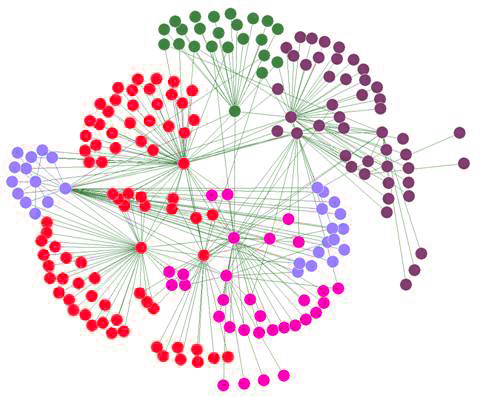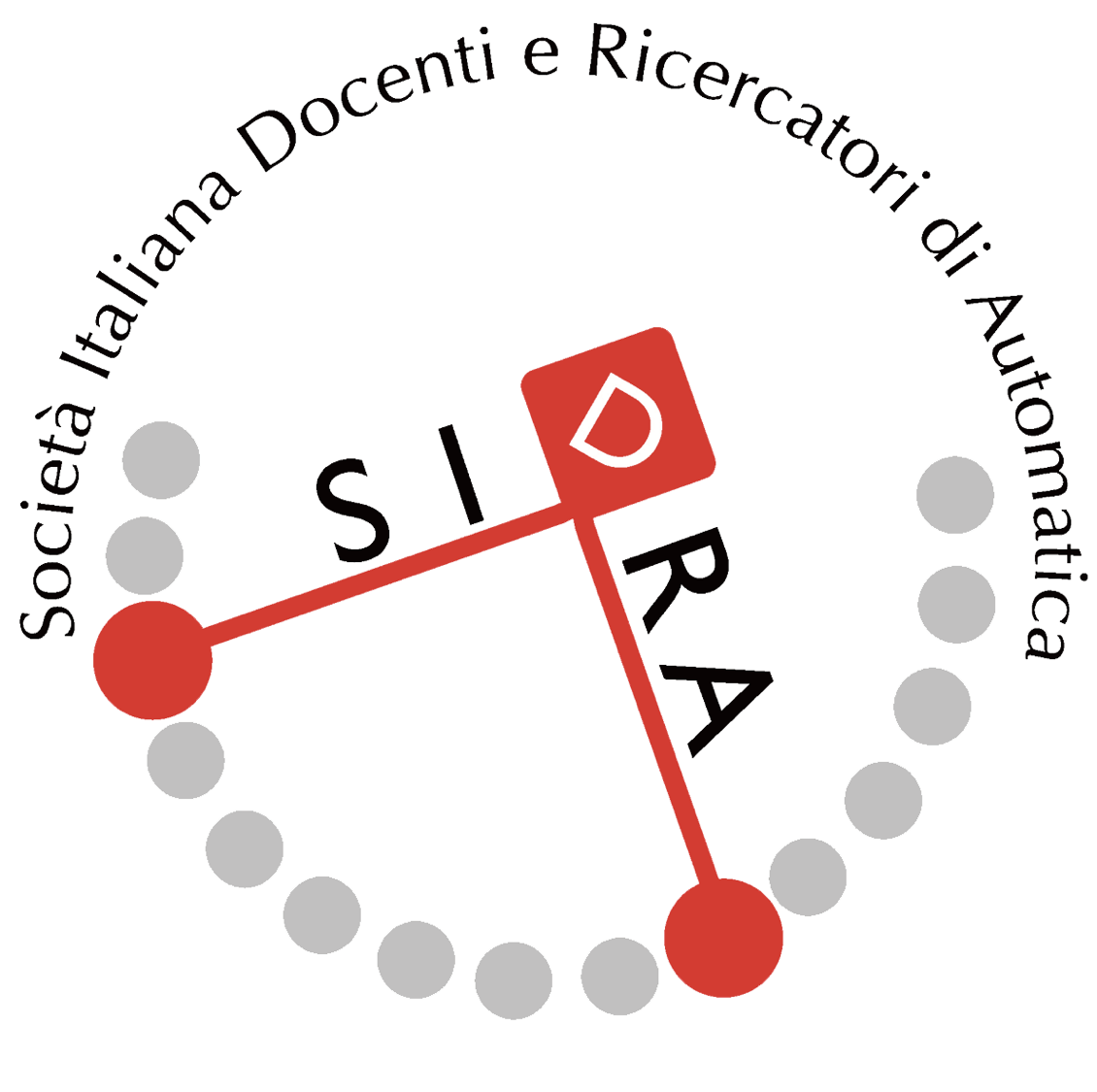Autori
Alessandro Rizzo
Abstract
This research summary deals with advancements in the theory and applications of complex networks to model, monitor, and control diffusion processes and epidemics in heterogeneous populations, in which individuals are connected through a time-varying network of contacts (NC). Within this framework, a population is represented by a graph, in which the node set is representative of the individuals, and the links are associated to the contacts between pairs of individuals, which may lead to the inception of a diffusion process, or the transmission of an infectious disease. To reflect the time-varying nature of human contacts, this network usually changes in time. Several studies have investigated epidemic spreading under the assumption of time-scale separation between the dynamics of the contagion and that of the network of contacts. On the one hand, the evolution of the network of contacts can be considered to be much slower than the epidemic process. In this case, the time-varying network of contacts quenches in a time-invariant structure. On the other hand, when the epidemic process is much faster than the network evolution, such evolution fades out, and random mixing can be assumed. While these cases are theoretically interesting approximations, strategies for coping with the concurrent evolution of the network of contacts and the epidemic dynamics should be devised toward avoiding uncontrolled modeling biases.
To this aim, activity driven networks (ADNs) have been recently proposed to model time-varying networks where the network topology and the state of each node evolve concurrently. Differently than common connection driven models, where interactions are based on spatial proximity, interactions in activity driven networks occur on the basis of a so-called activity potential. The activity potential of a node is the ratio between the number of interactions made by the node and the total number of interactions in the network during a given time interval. Thus, a high activity potential is associated with a high probability of establishing interactions with other nodes. Relevant studies in the literature assign activity potentials to nodes by drawing them at random with a given probability density function that defines the overall interaction dynamics.
During the last few years, my research on ADNs dealt with different issues, which will be outlined in this research summary.









